Make your own Homemade Mayonnaise at home with this easy, foolproof recipe. All it takes is a handful of ingredients, a blender, and a few minutes.
Have you ever made homemade mayo before? While we are on a special diet we are watching every ingredient in everything we are eating. So that means a whole lot of making our own kitchen staples like this homemade mayo.
Making your own isn’t as intimidating as it may seem. The best part is that we can control every single ingredient that goes into it and that makes me feel good.
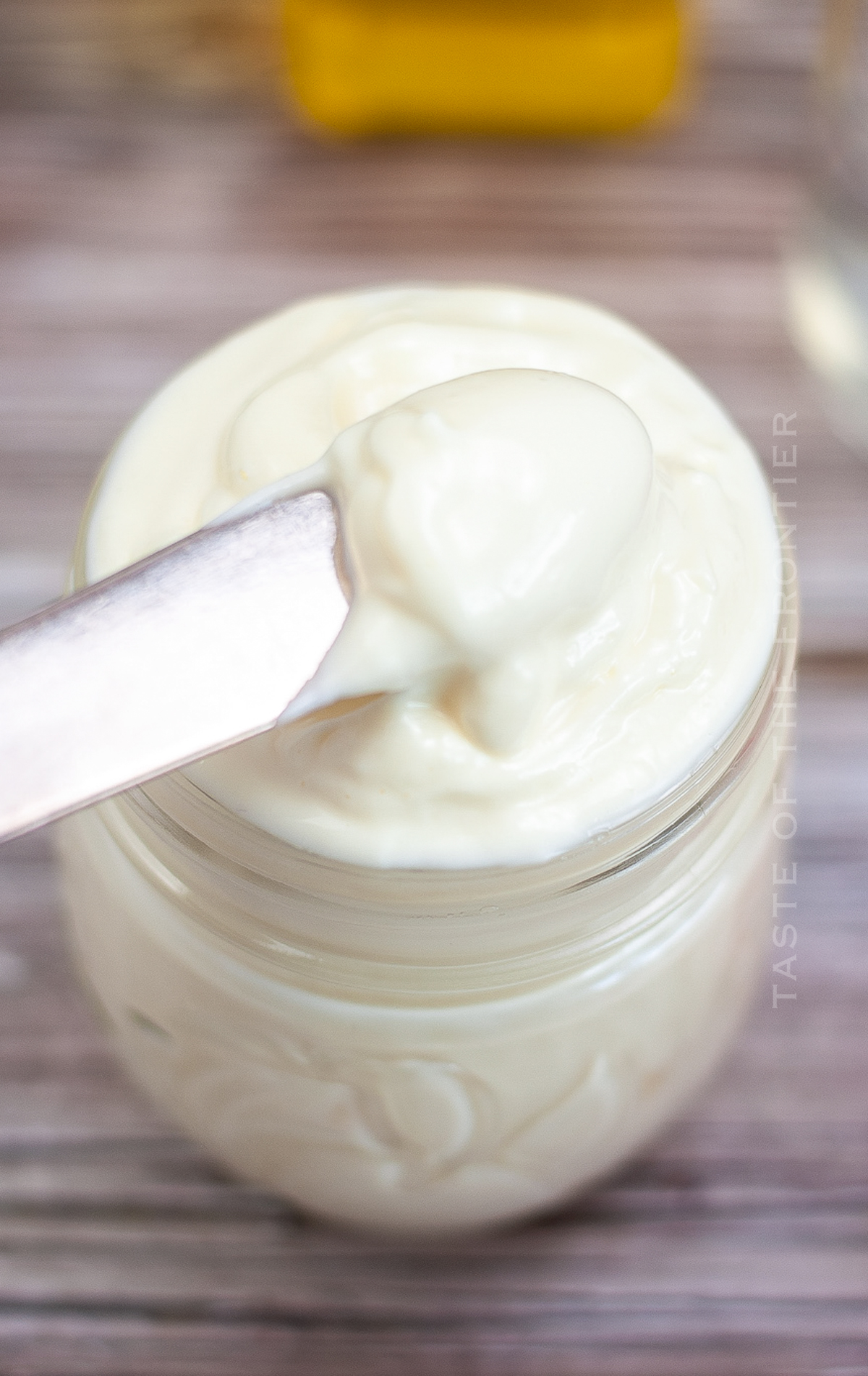
What I really love is how we only make what we plan to use when we plan to use it. We don’t have a huge jar in the fridge for an undisclosed amount of time taking up space.
We can be more mindful of what we are using and making. Plus this tastes SO MUCH BETTER THAN THE STUFF IN THE STORE. I know you’ll love it as much as we do.
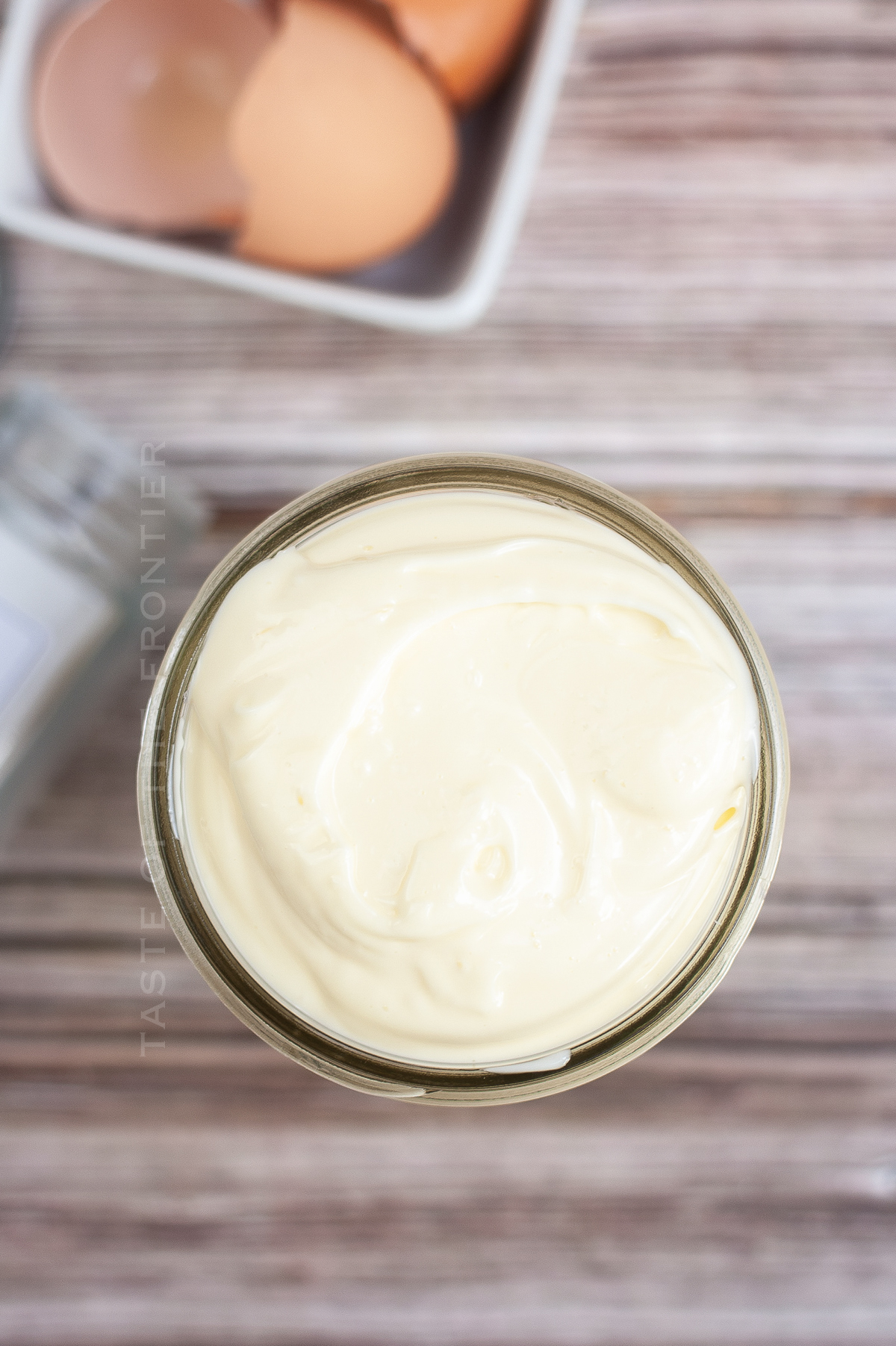
Here are some commonly asked questions
Is it safe to eat homemade mayonnaise?
It is not uncommon for people to get sick from eating raw egg products, due to the presence of salmonella bacteria. However, using pasteurized egg products will reduce your likelihood of getting sick.
How long is homemade mayonnaise safe to eat?
For many, the whole point of making something at home is to avoid all of the additives and preservatives in the foods one would typically buy at the store.
Unfortunately, this means that our homemade alternatives must be made fresh rather than stored for longer periods of time. In this case, homemade mayonnaise will only last for 3-4 days when stored in the refrigerator.
Though homemade mayonnaise will not keep as long as that bought from the store, fermenting your homemade mayonnaise will extend its lifespan, allowing it to last for up to two weeks.
Simply add 1 tbs of commercial starter culture or whey strained from yogurt with live cultures to the mix, then allow it to sit at room temperature for 8 hours. This allows for cultures of good microbes to grow in the mayonnaise and inhibit bad organisms from spoiling the food.
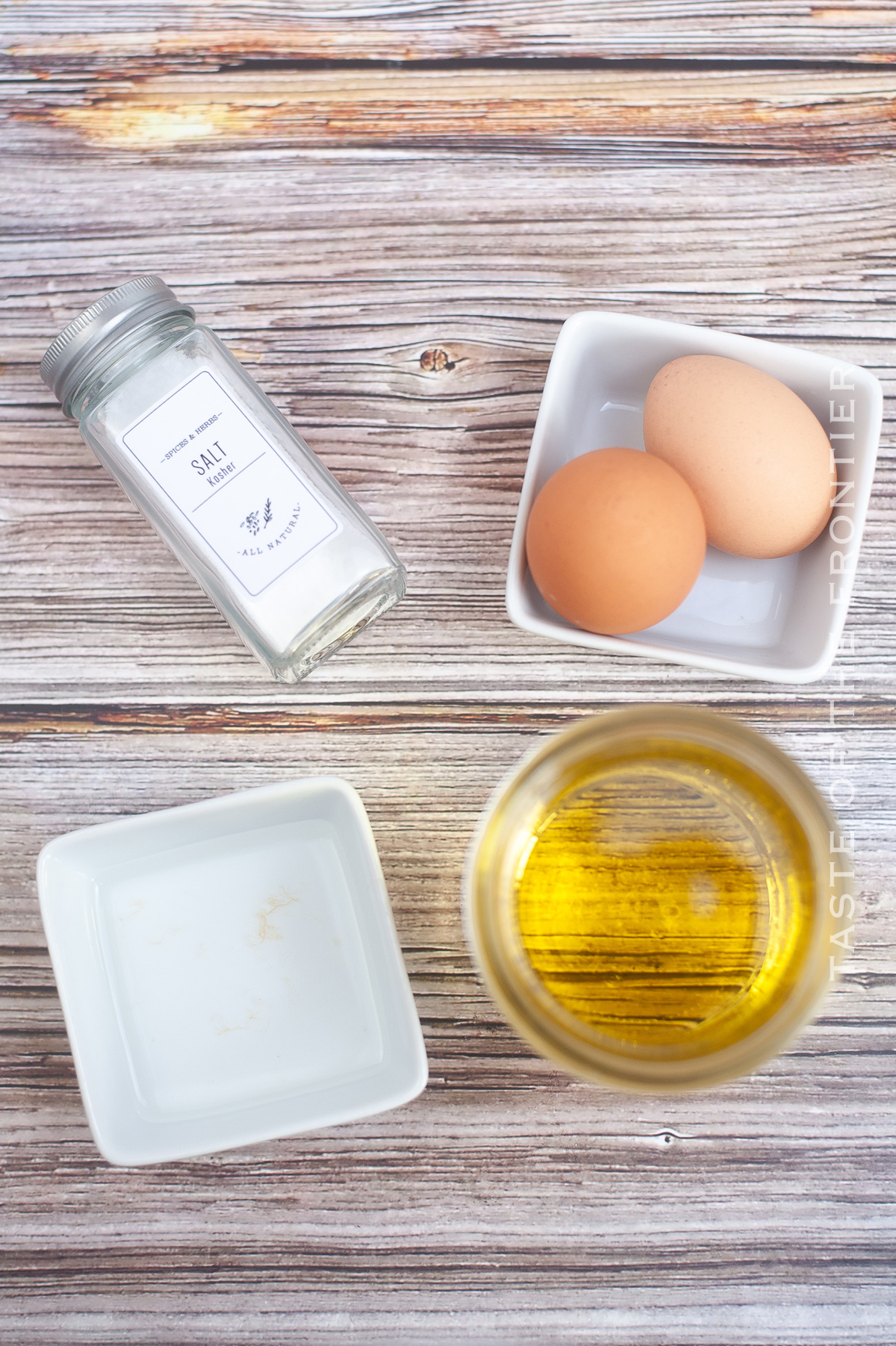
Ingredients for Homemade Mayonnaise
- eggs
- white vinegar
- salt
- vegetable oil
Why did my mayonnaise liquefy over time?
Mayonnaise is an emulsified and homogenous blend between egg yolks and oil. Store-bought mayo contains hydrogenated oils to preserve emulsification and keep the mixture thick. However, homemade mayonnaise does not use hydrogenated oils, making it healthier but also less likely to remain an emulsified and homogenous blend.
To fix de-emulsified mayonnaise, simply add 2 tsp of boiling water and mix together to re-emulsify the components.
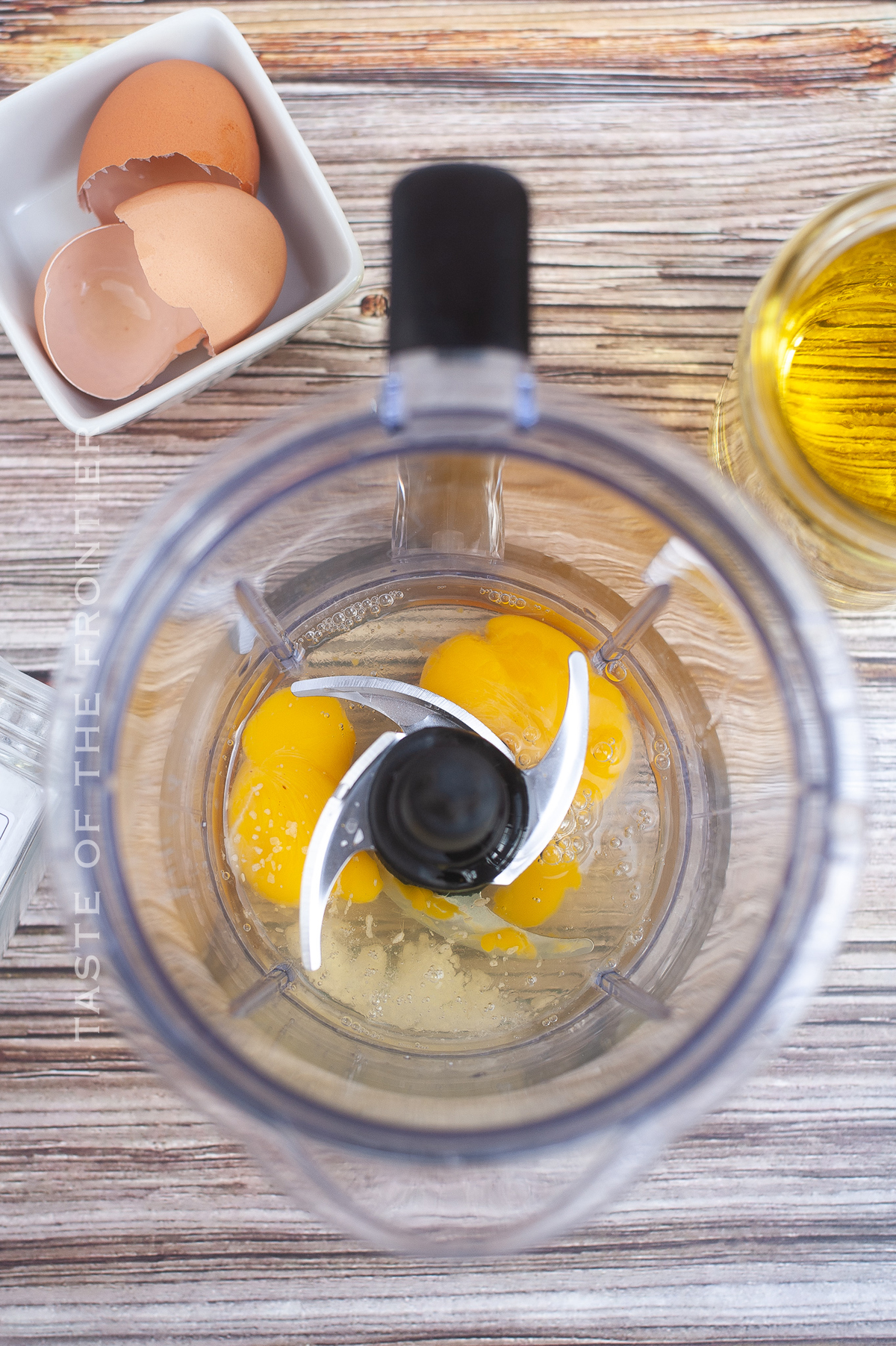
How to Make Homemade Mayonnaise
- In a blender, blend together the eggs, vinegar, and salt.
- Simultaneously, slowly drizzle in the oil while blending. Once the oil is incorporated, blend for about 1 more minute.
- Store in an airtight container for 3 weeks.
My mayonnaise is too thin. How do I thicken it up?
If your mayonnaise is too thin, it is likely due to adding too much of water-based ingredients to the mixture. To fix this, simply add oil in 1 tbs increments until the mixture achieves the desired consistency.
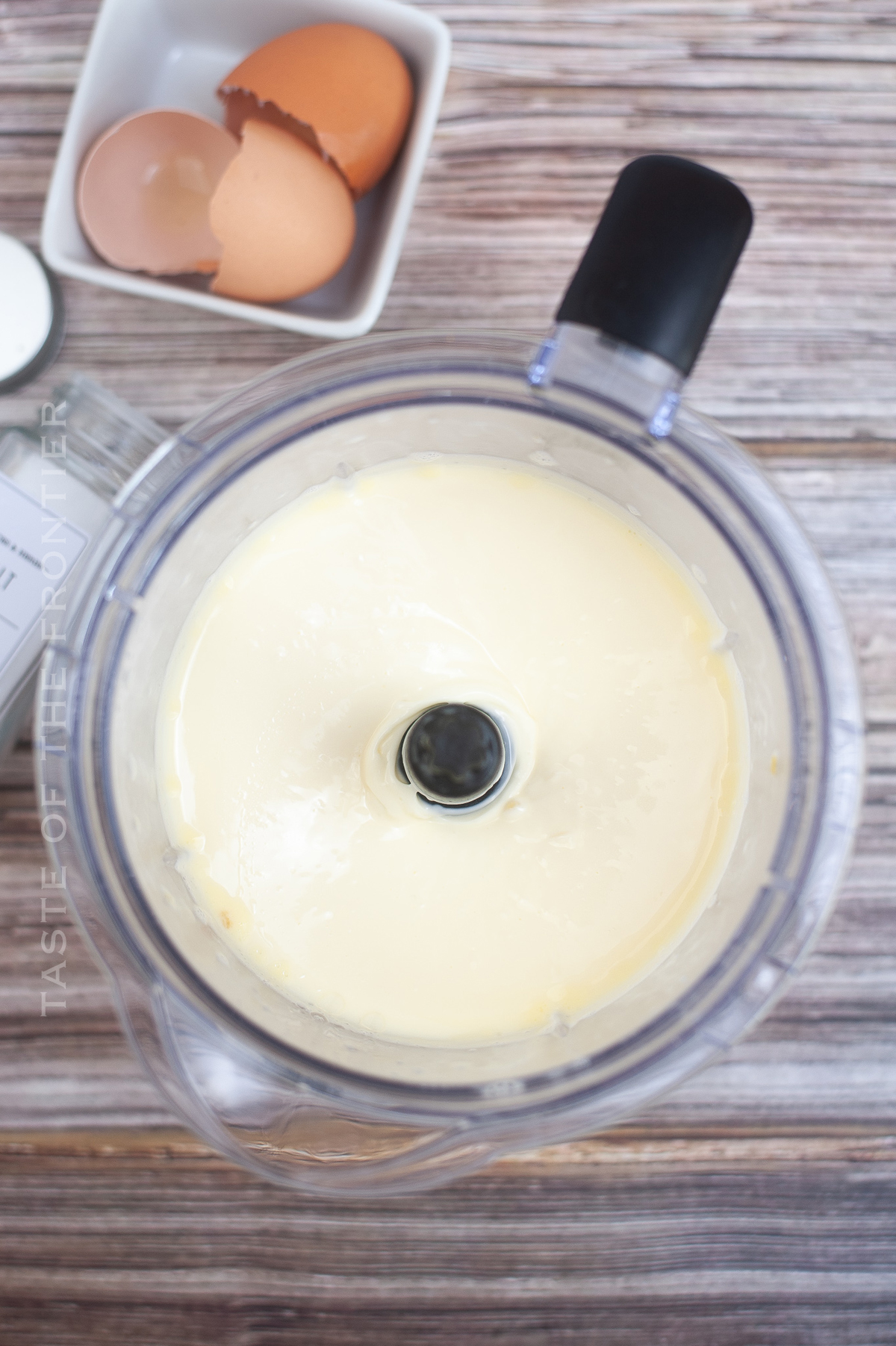
Why is my homemade mayonnaise yellow?
Store-bought mayonnaise is usually bleached to give it its white color. Homemade mayonnaise will be yellow due to the natural pigment in the egg yolk. Should you decide to ferment your mayonnaise, it will be a more pronounced yellow as well.
Does homemade mayonnaise taste different than the store-bought version?
It all depends on the type of oils and other emulsifiers you use. For instance, to get a more muted flavor, you will need to use a cleaner oil (like grapeseed oil) when making your mayonnaise. To further reduce the flavor of homemade mayonnaise, you will need to also choose a milder acid for your mix.
I recommend using lemon juice if you want to remove the vinegar from the recipe.
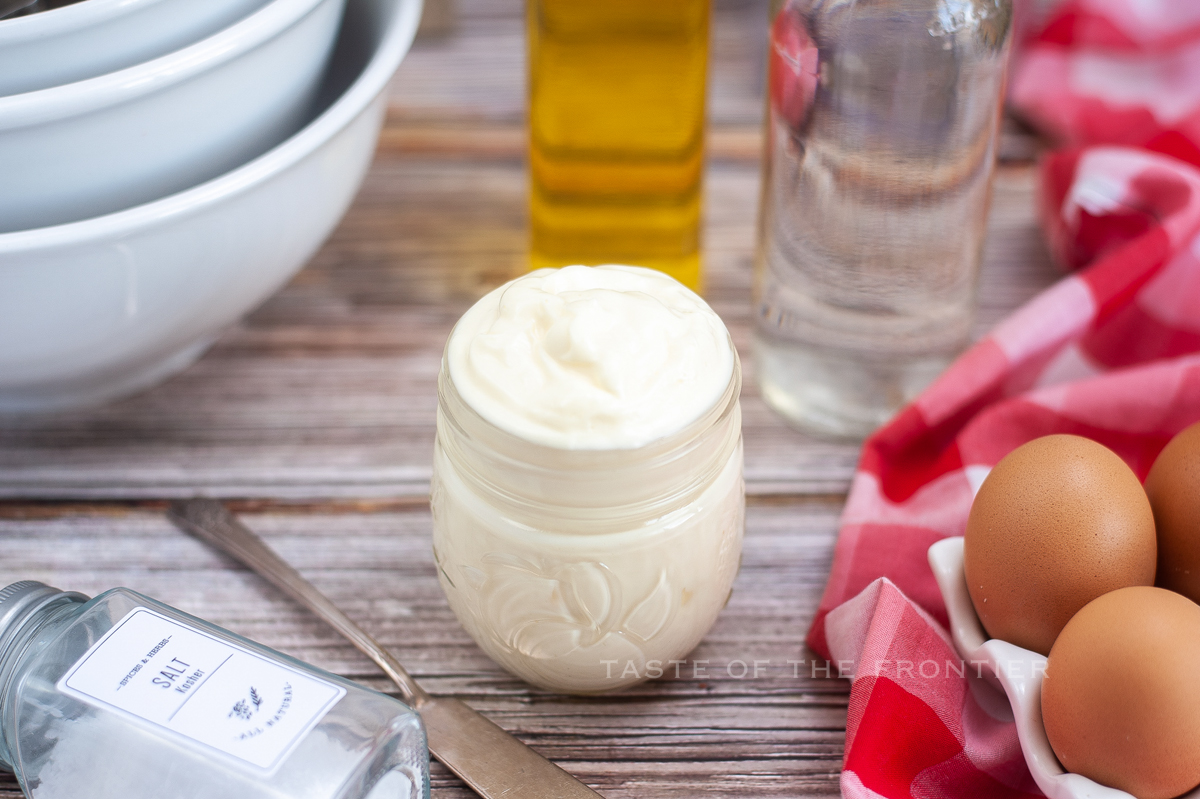
Can this recipe be doubled?
You can, and we do it often. Usually, when I know I will be making a lot of recipes that will be calling for mayo, I’ll whip up a double or triple batch of this great recipe.
How to tell if eggs are fresh
We have a habit of stocking up on eggs and then forgetting about them because they are out in the garage fridge.
While eggs will keep (if refrigerated properly) for up to 6 weeks beyond the date on the package – I always like to do this nifty little test if I know they have been in there for a while. The date isn’t always accurate.
When eggs go bad – they create an air bubble inside the shell. So if you place an egg in a few inches of water – watch what it does.
- If it stays at the bottom – it is good.
- If it sort of hovers halfway between the bottom and the top of the water – it’s on the way to going bad and should be used immediately.
- NOW – if the egg floats – that means the air bubble has formed and the egg is no longer safe to eat and should be tossed out.
Products I love when making homemade mayo…
This mayo recipe is SUPER EASY and delicious – and if you’re like me, then you maybe already have some of these items on hand OR maybe you have never made homemade mayo before, & you might be a bit nervous – but you’re going to love it. I have made a list below of the things I absolutely can’t live without when it comes to making this easy recipe. (you can also SHOP MY FAVORITES in my store)
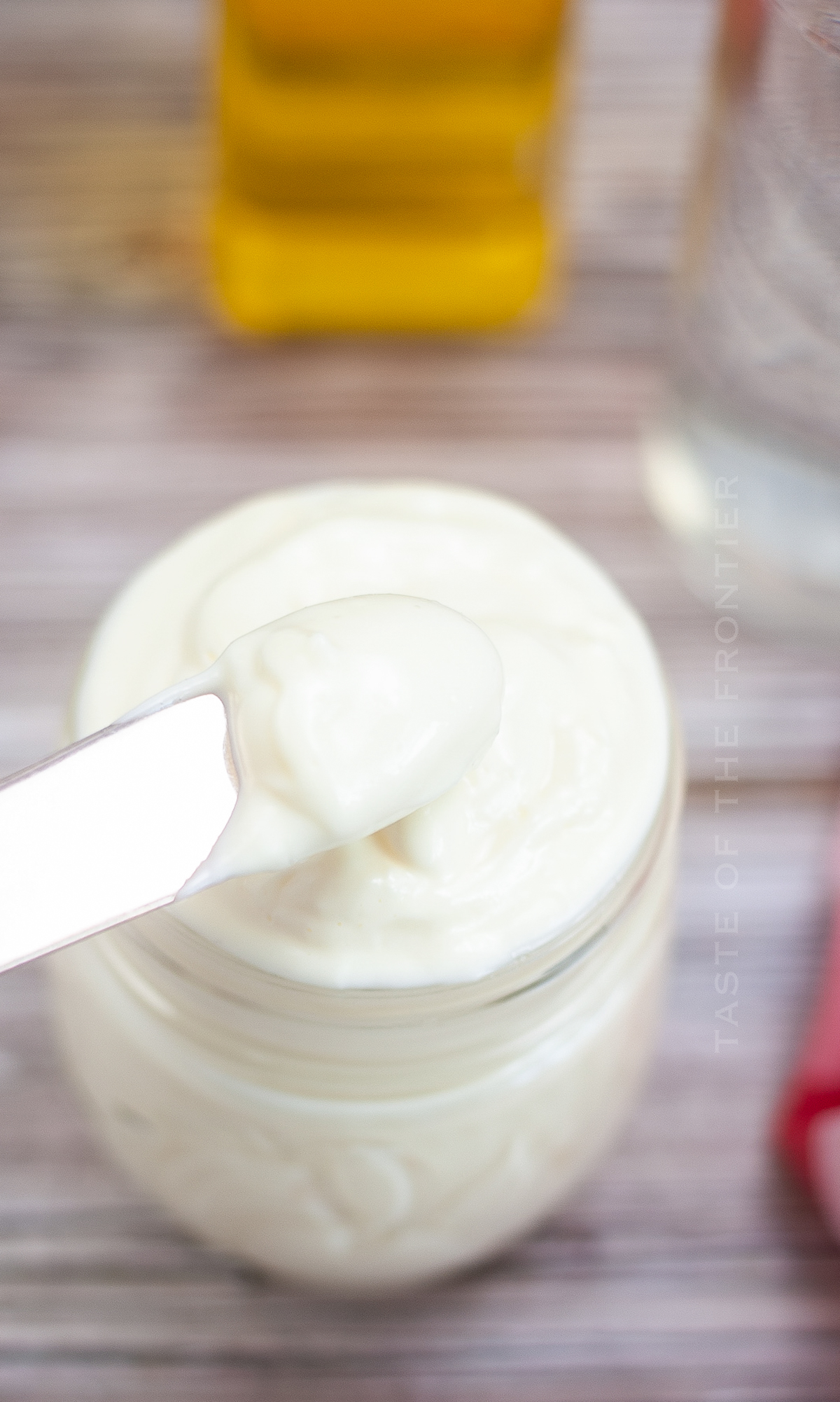
If you love this easy recipe for homemade mayonnaise, you’re going to love these other homemade sauces and spreads too. Please click each link below to find the easy, printable recipe!
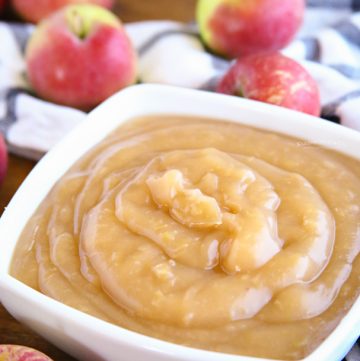
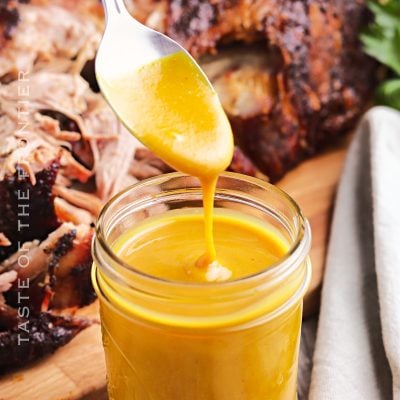
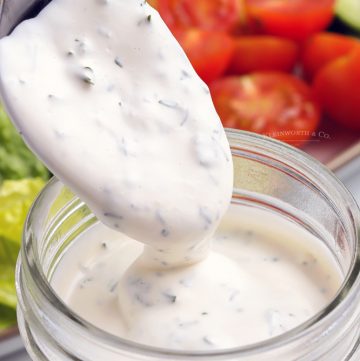
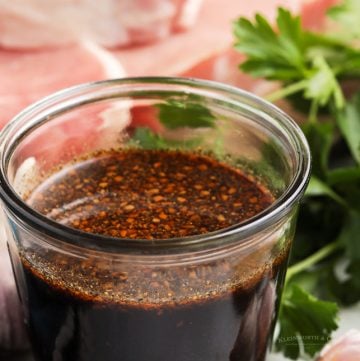
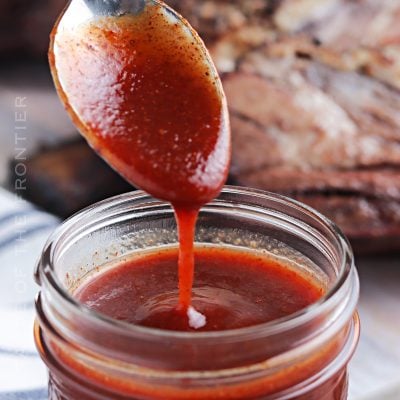
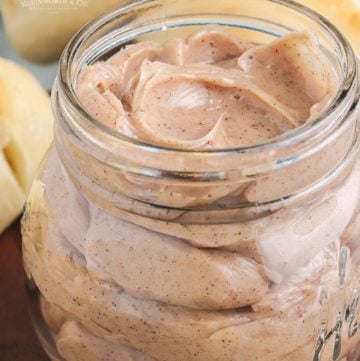
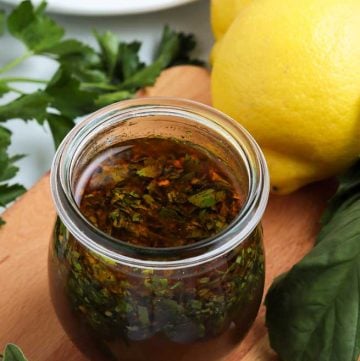

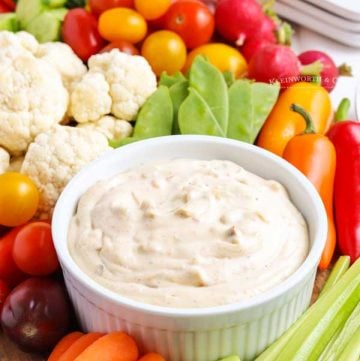
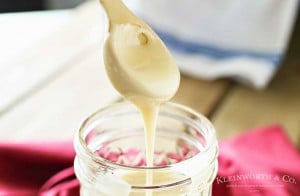
Other Homemade Kitchen Staple Ingredients
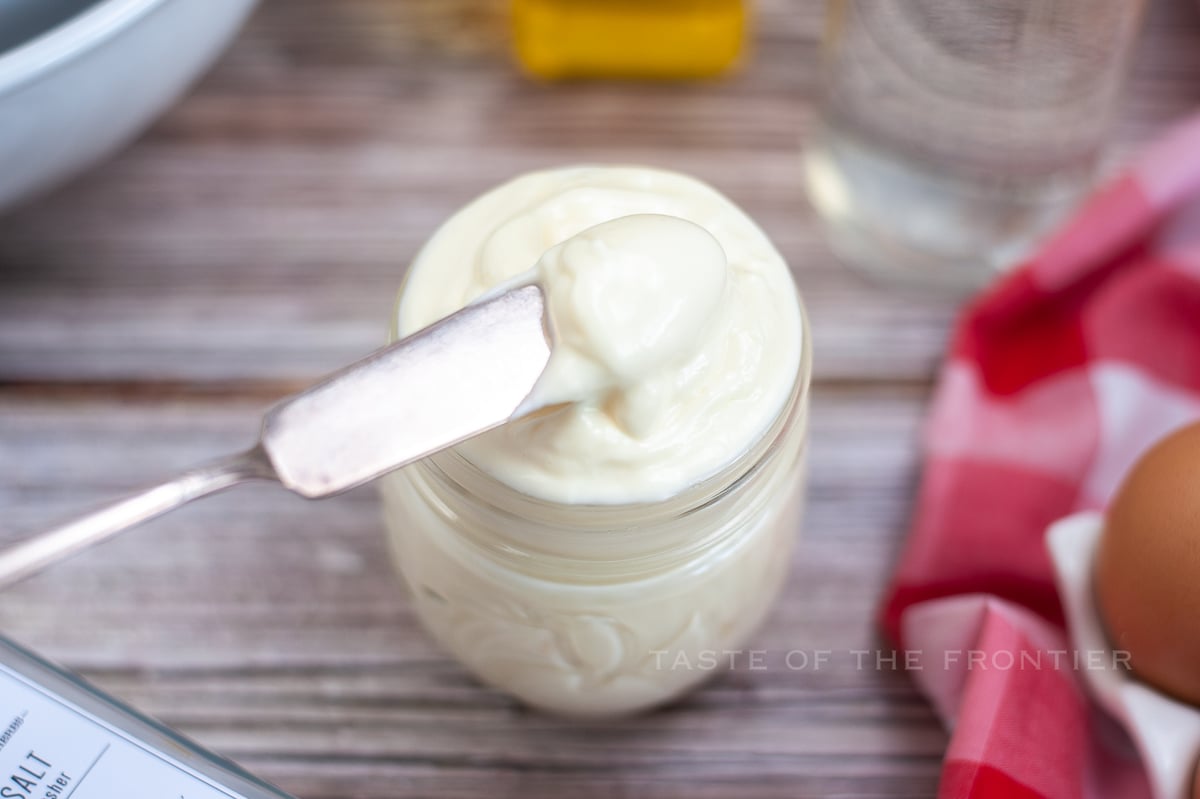
If you love this recipe for Homemade Mayonnaise as much as I do, please write a five-star review, and be sure to help me share on Facebook and Pinterest!
CONNECT WITH YUMMI HAUS!
Be sure to follow me on my social media, so you never miss a post!
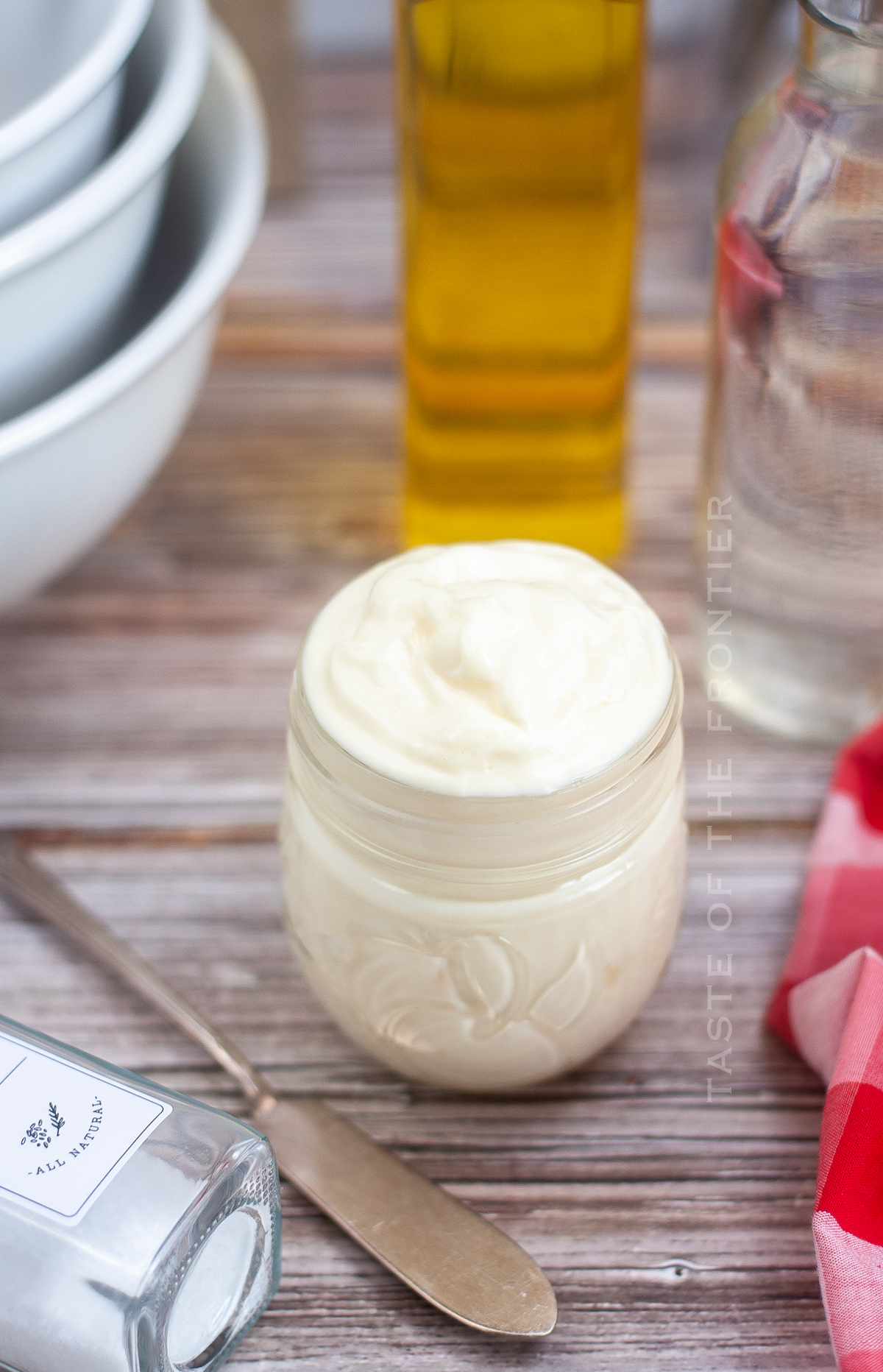
PIN THIS TO SAVE FOR LATER
Homemade Mayonnaise
Ingredients
- 2 eggs
- 3 tbsp white vinegar
- 1 tsp salt
- 2 cups vegetable oil
Instructions
- In a blender, blend together the eggs, vinegar, and salt.
- Simultaneously, slowly drizzle in the oil while blending. Once oil is incorporated, blend for about 1 more minute.
- Store in an airtight container for 3 weeks.
Equipment
- blender
Nutrition
Nutritional information for the recipe is provided as a courtesy and is approximate. Please double-check with your own dietary calculator for the best accuracy. We at Yummi Haus cannot guarantee the accuracy of the nutritional information given for any recipe on this site.

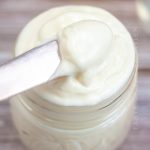
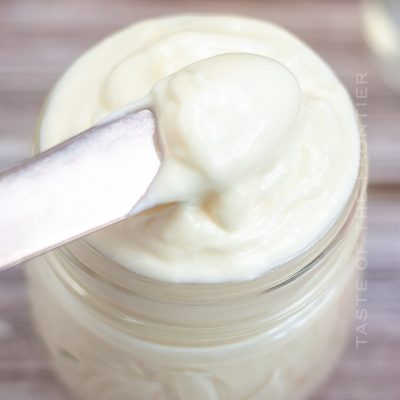






Share Your Thoughts